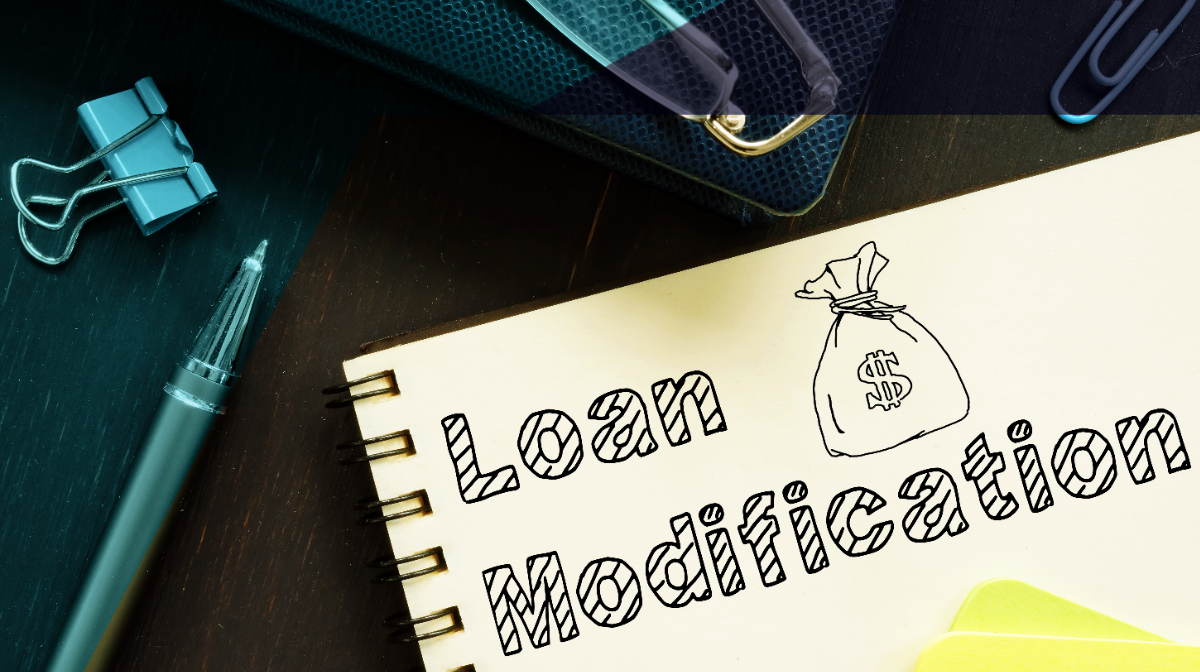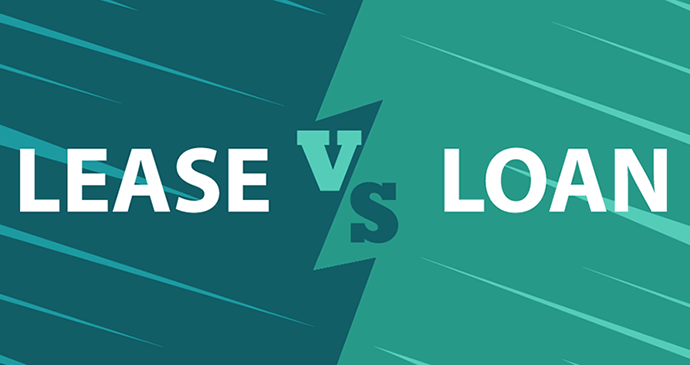Loan modifications provide a lifeline for homeowners who are struggling to make their mortgage payments. In the event of financial hardship—whether due to job loss, medical expenses, or other life circumstances—many homeowners turn to their lenders for a loan modification as a solution. This adjustment to the loan’s terms helps make the payments more manageable, potentially saving the homeowner’s house from foreclosure. But what happens after a loan modification is approved? What steps should you take, and how will the approval affect you long-term?
Understanding the aftermath of a loan modification approval is crucial to ensuring a smooth transition and avoiding any pitfalls that could jeopardize your financial recovery. This blog will cover everything you need to know about the steps to take after loan modification approval, how it affects your finances and credit, and the long-term implications of such a decision.
1. Understanding the Loan Modification Approval Process
Before diving into what happens after the approval, it’s important to understand how the loan modification process works and how you got to this point. In simple terms, a loan modification is a change made to the original terms of your mortgage agreement. This could involve lowering the interest rate, extending the loan term, or even reducing the principal balance.
To get approved for a loan modification, homeowners typically must:
- Provide documentation of their financial hardship, such as income statements, tax returns, and evidence of their inability to keep up with regular payments.
- Show that they have the ability to make the new, modified mortgage payments.
- Be able to demonstrate that a loan modification will help them avoid foreclosure or bankruptcy.
The modification process often includes a trial period, where the borrower must make a series of payments based on the proposed new terms before the permanent modification is finalized. Once the trial period is completed successfully, the lender will officially approve the modification.
2. Reviewing the New Loan Terms
After receiving approval for a loan modification, the next step is to carefully review the new terms of the loan. The lender will send you a new agreement detailing the adjusted terms. The specifics of your loan modification can vary based on your financial situation and the lender’s policies, but the general changes you may see include:
- Interest Rate Reduction: One of the most common changes is a reduction in the interest rate. A lower interest rate directly impacts the monthly payment, making it more affordable.
- Loan Term Extension: In some cases, lenders will extend the length of the mortgage loan, sometimes by 10 to 20 years. While this lowers the monthly payment, it also means the loan will take longer to pay off.
- Principal Forbearance: If part of your loan balance is deferred, you may see what’s called a principal forbearance. This means a portion of your loan is postponed and may not need to be repaid until later.
- Payment Restructuring: Sometimes, loan modifications involve restructuring the payment schedule, such as adding missed payments to the loan balance or adjusting payment dates.
Understanding these terms is critical because they will determine how much you will pay each month going forward, and whether you will be able to sustain the new payment schedule. Be sure to review the terms carefully, as some agreements may have long-term consequences if not fully understood. If anything is unclear, it’s a good idea to ask your lender for an explanation or consult a financial advisor for assistance.
3. Signing the Loan Modification Agreement
Once you understand and accept the new terms, you will be required to sign the loan modification agreement. This formalizes the changes to the original mortgage contract. At this point, you should be sure that you have no lingering questions or concerns. It’s essential to fully understand your obligations before you sign the agreement.
The signed document is then sent back to the lender for processing. After this, the loan modification will be applied to your mortgage, and your payments will be adjusted accordingly.
4. Trial Period Payments
For many homeowners, the lender may require them to go through a trial period before the loan modification is fully finalized. During this time, you’ll need to make payments based on the modified loan terms—these payments are often a condition for the full approval of the modification.
The trial period typically lasts around three months, but it could be longer or shorter depending on the lender’s policies. During this time, you’ll need to make all payments on time to prove that you can afford the new terms. If you fail to make the trial payments, the modification may not become permanent, and your lender could revert to the original terms or even pursue foreclosure.
5. Confirmation of Permanent Modification
If you successfully complete the trial period, the lender will notify you that they have finalized your loan modification. At this point, they will permanently adjust your mortgage according to the agreed-upon terms. This is a critical step in the process, as it marks the official transition to the modified loan. Be sure to get written confirmation from your lender that they applied the modification and that you are now on the new payment plan.
6. The Impact on Your Monthly Payments
Once your loan modification is fully in effect, you’ll notice an immediate change in your monthly payments. The goal of a loan modification is to make the payments more manageable, so the new payment will typically be lower than it was before.
However, it’s important to note that while the payments may reduce, the total loan balance could still increase due to the added interest or extended loan term. This means that you will ultimately pay more over the life of the loan than you would have without the modification, but the immediate relief of lower payments can provide significant financial breathing room.
As your payments are now lower, it’s essential to stay on top of them to avoid any further financial setbacks. Missing payments can result in the modification being rescinded, and in some cases, the lender may begin foreclosure proceedings again.
7. The Effect on Your Credit Report
A loan modification can have a significant impact on your credit report and credit score. The good news is that a modification is usually less damaging to your credit than a foreclosure would be. Here’s how the modification typically affects your credit:
- Negative Impact for Late Payments: If you were behind on your payments before the modification, those late payments will still appear on your credit report. However, after the modification is finalized, you should see an improvement in your credit report if you maintain good standing.
- Reduced Impact Compared to Foreclosure: Foreclosure is much more damaging to your credit score than a loan modification, as it shows that you were unable to fulfill your mortgage obligations entirely. A loan modification, while not ideal, can still be seen as a positive step compared to foreclosure.
- Payment History: Your payment history will reflect the new loan terms and payments. If you maintain consistent, on-time payments under the modified agreement, your credit score will likely improve over time.
Keep in mind that the exact impact on your credit score will depend on your specific situation, such as how many late payments occurred before the modification and how quickly you can get back on track with your new terms.
8. Tax Implications of Loan Modification
While a loan modification can be a financial lifesaver, it may come with tax consequences. Specifically, if your lender forgives part of your mortgage through principal reduction, the IRS may require you to pay taxes on the forgiven amount. The IRS may treat this amount as taxable income, and it could result in a larger tax liability.
For example, if your lender reduces your loan balance by $50,000, the IRS may consider that $50,000 income, which could increase your tax bill. The good news is that, in many cases, the Mortgage Forgiveness Debt Relief Act lets homeowners exclude forgiven mortgage debt on their primary residence from taxation.However, this provision has certain requirements and expiration dates, so it’s essential to consult with a tax professional to understand the potential impact on your taxes.
9. Maintaining Communication with Your Lender
Once the loan modification is in place, it’s crucial to maintain open communication with your lender. If you encounter any future financial difficulties, inform your lender immediately. They may be able to offer additional assistance or modify your terms again. Many lenders are open to working with homeowners as long as they are proactive in their communication.
Additionally, if you believe there is a mistake with your loan modification, reach out to your lender promptly. Errors can sometimes occur, and addressing them early can prevent further complications down the road.
10. Long-Term Considerations and Financial Planning
While a loan modification can offer immediate relief, it’s important to think about the long-term impact on your finances. Lower monthly payments may ease your immediate financial struggles, but you will still need to manage your budget carefully going forward. Consider creating a long-term financial plan to stay on track with your payments, save for the future, and avoid the same financial difficulties that led to the modification.
In some cases, it may be worth exploring other options, such as refinancing, after you’ve had a chance to improve your credit and financial situation. Additionally, if your financial hardship persists, you may need to consider other alternatives, including selling your home or pursuing bankruptcy protection.
Conclusion
Receiving approval for a loan modification is a significant step toward regaining financial stability and preventing foreclosure. However, it’s important to stay informed and proactive after the approval. Carefully review the new terms, make sure you understand how your payments will change, and stay on top of your responsibilities. Be mindful of the potential tax consequences and impact on your credit score. Most importantly, communicate regularly with your lender and seek professional advice if needed.
A loan modification can offer a fresh start, but it’s essential to stay committed to the new terms and plan for the future. With the right strategy and mindset, you can move forward from your financial challenges and secure a more stable financial future.




